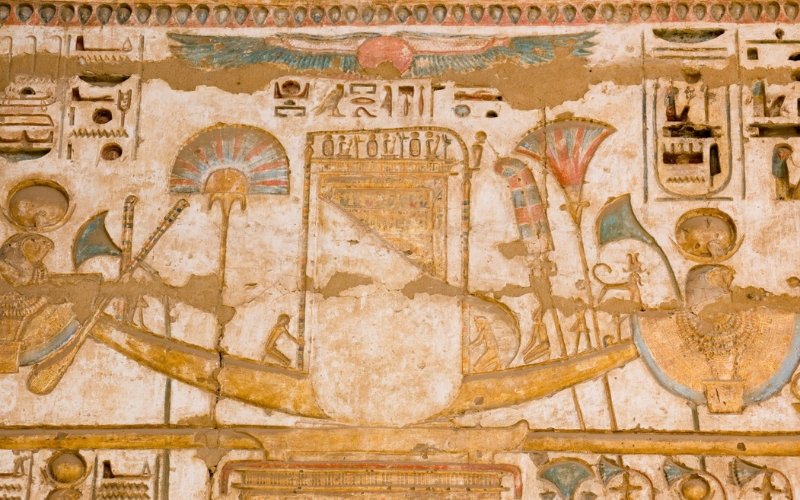Introduction
The land of the pharaohs, grand pyramids, and timeless mythology was not only a cradle of civilization but also a society deeply rooted in celebration and ritual. Ancient Egyptian festivals were vibrant expressions of spirituality, seasonal cycles, and divine mythology. These public and sacred events were essential to the religious, social, and political fabric of ancient Egypt, engaging everyone from pharaohs to farmers.
Throughout Egypt’s long history, festivals in ancient Egypt celebrated the gods and goddesses, honored the deceased, and marked the changing seasons. Rooted in myth and organized according to a complex calendar, these festivals reflect the richness of Ancient Egyptian culture and festivals, illustrating the society’s devotion to cosmic order, divine kingship, and community unity.
Key Takeaways
- Ancient Egyptian festivals played a central role in religion, politics, and agriculture.
- Egyptian religious festivals were tied to mythology, gods, and the Egyptian calendar and festivals.
- Ancient Egyptian celebrations helped maintain cosmic balance (Ma’at) and divine favor.
- Pharaohs used festivals of the pharaohs to legitimize their power and connect with the gods.
- Temples were key venues for Egyptian temple festivals involving priests, offerings, and processions.
- Public participation in Ancient Egyptian public festivals promoted social cohesion and spiritual engagement.
The Calendar of Sacred Time: Understanding Festival Timing
To understand Ancient Egyptian festivals, one must first grasp their calendar. The Egyptian calendar and festivals were intricately linked, based on the solar year and the lunar cycles, and structured around three agricultural seasons:
- Akhet (Inundation) – marking the Nile’s flooding
- Peret (Emergence) – planting and growth
- Shemu (Harvest) – reaping and abundance
Each season hosted its share of Ancient Egyptian seasonal festivals, aligning natural rhythms with divine will. This sacred calendar reflected the Egyptian view of cyclical time, where religious rituals reinforced the rebirth and renewal of the cosmos.
The Role of Myth and Religion in Festivals
Most religious festivals of ancient Egypt were deeply rooted in mythology. The tales of Osiris, Isis, Horus, and Ra were not just stories; they were reenacted through Ancient Egyptian religious rituals and public events. These rituals reinforced moral order and connected humans with the divine realm.
For instance, the myth of Osiris’s death and resurrection formed the basis for the Festival of Khoiak, a major agricultural and funerary festival. It included symbolic burial ceremonies and the planting of Osiris grains to ensure crop fertility.
Through such ritual festivals in ancient Egypt, people believed they were not only honoring the gods but also participating in the eternal cycles of life, death, and rebirth.
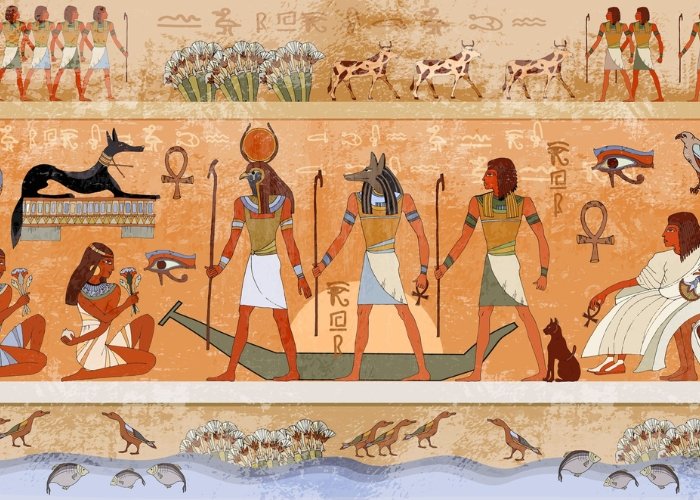
Major Festivals in Ancient Egypt: Celebrating the Divine
1. Opet Festival
One of the most significant Egyptian temple festivals, the Opet Festival celebrated the annual journey of the god Amun, his consort Mut, and son Khonsu from Karnak Temple to Luxor Temple. This procession, held during the inundation season, symbolized divine rejuvenation and pharaonic legitimacy.
During this Ancient Egypt celebration tradition, statues of the gods were carried on sacred boats along the Nile. The people rejoiced with music, feasting, and dancing. It was a time of public blessing and divine presence, deeply tied to spiritual festivals in ancient Egypt.
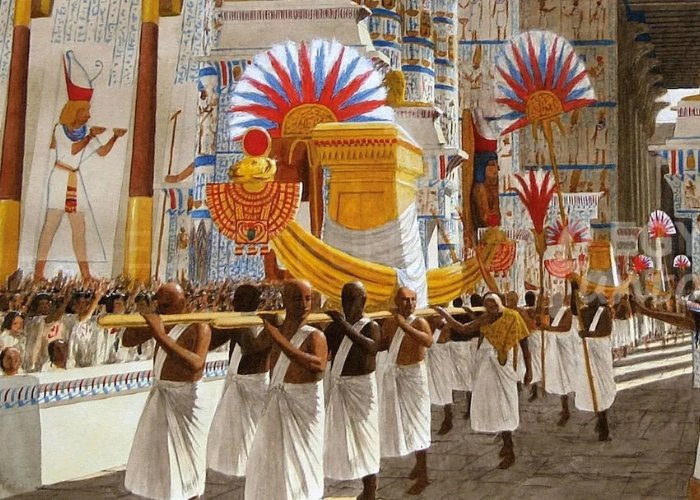
2. Beautiful Feast of the Valley
This cultural festival in ancient Egypt took place in Thebes and involved a procession of Amun and other gods to the necropolis on the west bank. It honored deceased ancestors and celebrated the connection between life and the afterlife.
This Ancient Egyptian public festival featured family reunions at tombs, offerings, and a festive atmosphere. It illustrates how Ancient Egyptian festivals and beliefs were rooted in both the mortal and divine worlds.
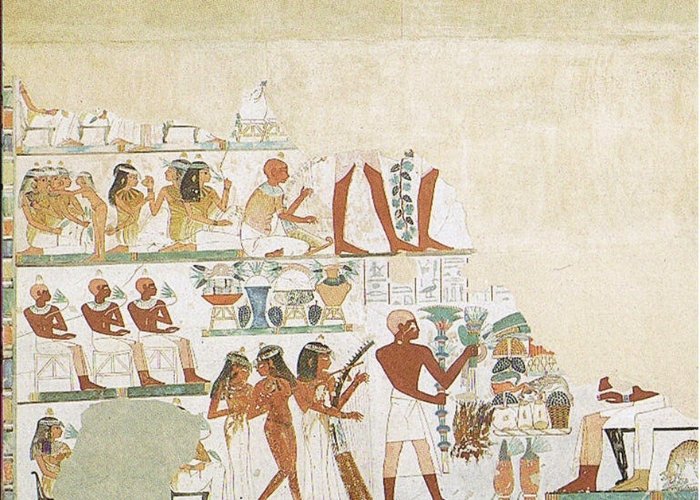
3. Festival of Wepet-Renpet (New Year)
Marking the start of the Ancient Egypt holidays, Wepet-Renpet (“Opening of the Year”) was celebrated with the heliacal rising of Sirius (Sopdet), signaling the Nile flood. It was both a natural and spiritual renewal.
This traditional festival in Egypt was associated with the goddess Hathor and featured ritual purification, sacrifices, and joy, showing how Egyptian deities and their festivals guided agricultural and spiritual life.
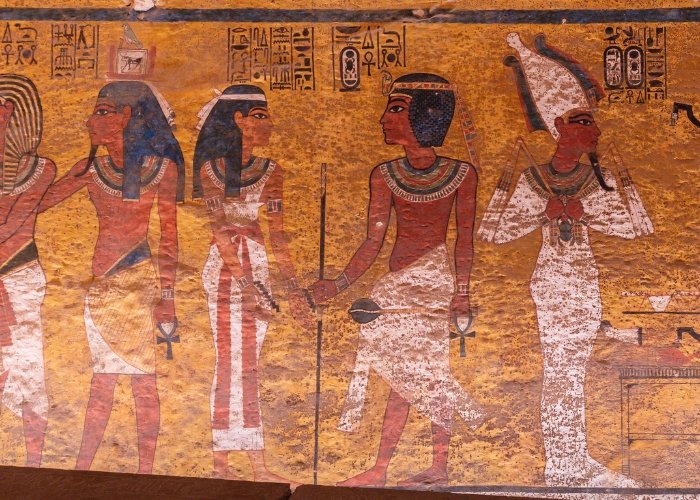
4. Sed Festival
Among the festivals celebrated by pharaohs, the Sed Festival was especially significant. Celebrated after 30 years of a king’s reign, it reaffirmed the vitality and divine favor of the ruler. This festival included symbolic coronations, athletic contests, and offerings to the gods.
Sed was a powerful political tool as much as a spiritual one, reinforcing the pharaoh’s role as the upholder of Ma’at (cosmic balance). It exemplifies how festivals of the pharaohs intertwined politics and religion.
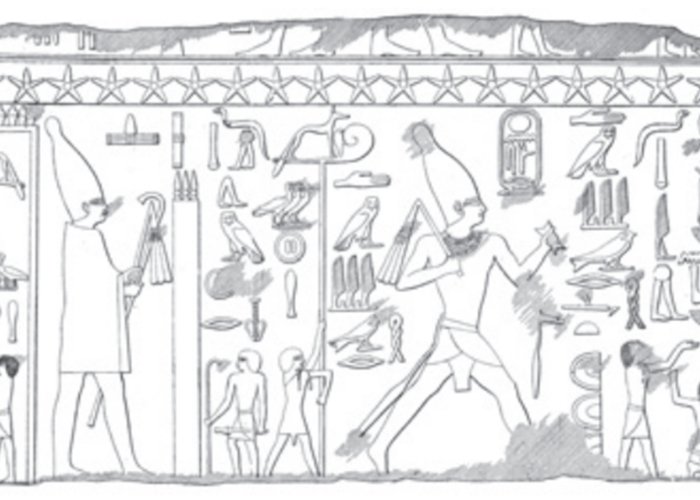
Temples: The Heart of Festival Life
Egyptian temple festivals were the nucleus of most celebrations. Temples housed the cult statues of deities and served as sacred stages for divine drama. Only priests could enter the innermost sanctuaries, but Ancient Egyptian public festivals allowed the gods to “emerge” in processions.
Offerings, music, incense, and dance filled the air as the people witnessed divine epiphanies. These Ancient Egyptian ceremonies and festivals allowed communion between heaven and earth, mediated by the priesthood and monarchy.
Community Participation and Social Impact
While many festivals were religious in origin, their social dimension was equally important. Ancient Egyptian public festivals involved feasting, drinking, and celebration for ordinary people. During festivals, societal norms relaxed, and collective joy united the populace.
Many cultural festivals in ancient Egypt served as times of rest, reconciliation, and generosity. Food was distributed by the temples; beer flowed freely; and people dressed in their finest. For the average Egyptian, these were the most vibrant events of the year.
Sacred Symbolism and Ritual Practices
Every element of Ancient Egyptian celebrations had symbolic meaning:
- Incense symbolized the prayers rising to the gods.
- Drumming and sistrum music evoked divine joy.
- Boat processions represented cosmic journeys through the underworld.
- Statue unveilings revealed divine presence.
- Mummiform figures of Osiris used in ritual festivals in ancient Egypt symbolized fertility and rebirth.
This deep symbolism reflects how Ancient Egyptian festivals and customs expressed metaphysical truths through physical acts.
Festivals and Mythology of Ancient Egypt
No discussion of Ancient Egyptian festivals is complete without exploring their mythological roots. The cycle of death and rebirth, embodied in the Osirian myth, appears in numerous festivals. So does the solar journey of Ra, echoed in daily and annual celebrations.
For instance, the Festivals of ancient Egyptian gods often re-enacted key mythic battles, such as Horus avenging Osiris against Set. These performances weren’t just symbolic—they were believed to maintain universal order.
Festivals and mythology of ancient Egypt formed a feedback loop where myth inspired ritual, and ritual reinforced myth.
Agricultural Rhythms and Festival Life
Because Egypt was fundamentally an agrarian society, many Annual festivals in ancient Egypt were tied to the Nile’s behavior. The inundation (Akhet) was both feared and welcomed, bringing necessary silt and water for crops.
Festivals like the Feast of the Fertile Lands thanked the gods for abundance. These Ancient Egyptian seasonal festivals aligned cosmic, agricultural, and social calendars.
The link between fertility, divine will, and agriculture shows how Ancient Egyptian festivals and beliefs served practical as well as spiritual needs.
The Decline and Transformation of Ancient Festivals
With the conquest of Egypt by Greeks, Romans, and eventually Arab Muslims, many Ancient Egyptian festivals declined or transformed. Temples closed, priesthoods dissolved, and new religious paradigms emerged.
However, echoes of these traditional festivals in Egypt survive today. Modern Egyptian cultural festivals, folk traditions, and even the Coptic Christian calendar retain traces of ancient customs.
The legacy of Ancient Egypt festivals and customs lives on, adapted and reimagined across millennia.
Conclusion
Ancient Egyptian festivals were far more than religious celebrations—they were the heartbeat of a civilization. Rooted in myth, aligned with the stars and seasons, and manifested in joyous public expression, these festivals held Egypt together in sacred unity.
From the festivals celebrated by pharaohs in opulent temples to the Ancient Egyptian public festivals filled with laughter and music, each event reflected the values, cosmology, and aspirations of one of history’s greatest civilizations.
By studying Festivals of the pharaohs, spiritual festivals in ancient Egypt, and the broader festivals and mythology of ancient Egypt, we gain insight into a society that viewed celebration as essential to life, death, and eternity. These celebrations reveal not only what the Egyptians worshipped but how they lived—with reverence, joy, and a deep awareness of the divine in every season.


